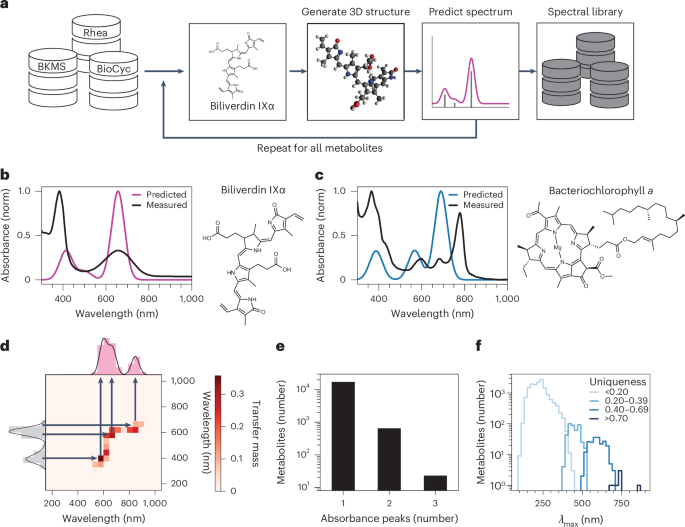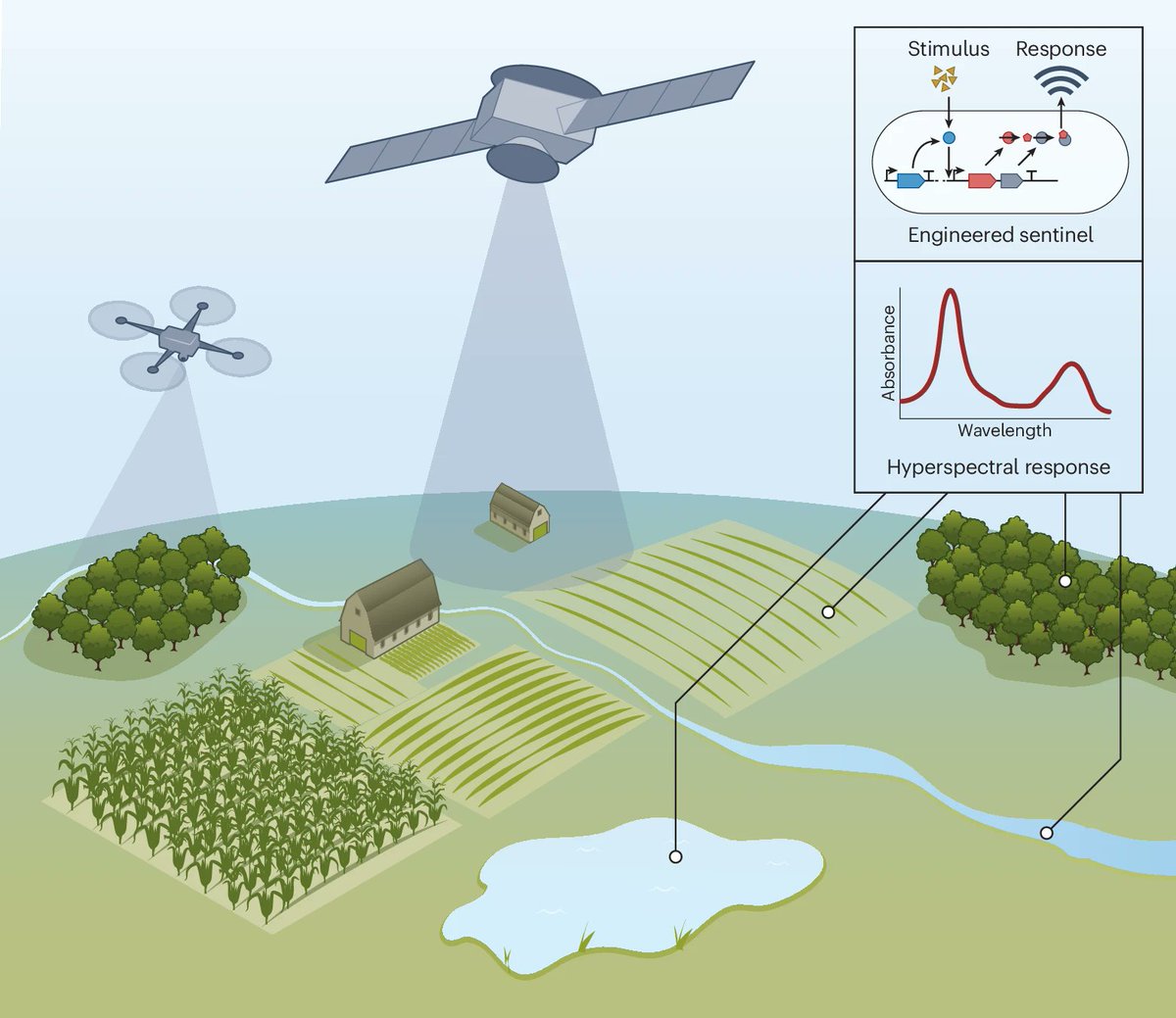
Yonatan Chemla
@yonchem
Human Frontiers Postdoctoral Fellow - Voigt Lab, MIT
ID: 631801528
10-07-2012 08:14:32
68 Tweet
139 Followers
91 Following





Interesting and important review by Yonatan Chemla, Connor J. Sweeney, Christopher A. Wozniak & Christopher A. Voigt Christopher Voigt Yonatan Chemla Nature Microbiology nature.com/articles/s4156…


Seeing what bacteria see from a flying UAV 👁️ rdcu.be/ehkQB #synbio #biotech Itai Levin Yonatan Chemla



Hyperspectral reporters for long-distance and wide-area detection of gene expression in living bacteria - Christopher Voigt go.nature.com/3XRs7Ft


Finally, this paper is out! Cool paper by Chris Voigt, Yonatan Chemla et al. Christopher Voigt Yonatan Chemla Nature Biotechnology nature.com/articles/s4158…



We were excited to find this work from the DARPA side. Obviously many use cases! Well done Christopher Voigt MIT Dept of BE 👏👏👏👏 More to come here…

Nice article about our work designing hyperspectral reporter systems out in Nature Biotechnology today! "Imagine a world in which agricultural fields self-report their nutrient status, forest ecosystems signal early warnings of pathogen outbreaks, or engineered bacteria detect


Christopher Voigt MIT Dept of BE MIT ChemE Dept MIT EECS Yonatan Chemla Itai Levin Environmental monitoring from the air with hyperspectral reporters #NBTNV go.nature.com/3GwRh6k



In a new Nature Biotechnology paper, a team of researchers, led by MIT Dept of BE Professor Christopher Voigt, has engineered bacteria to emit signals that can be detected up to 90 meters away. These bacteria could help farmers monitor their crops. news.mit.edu/2025/engineere…


This is important work in synthetic biology. Great work by Francesca Ceroni, Tom Ellis, Katie Galloway et al. in Trends in Biotechnology! Francesca Ceroni Tom Ellis Katie Galloway cell.com/trends/biotech…






